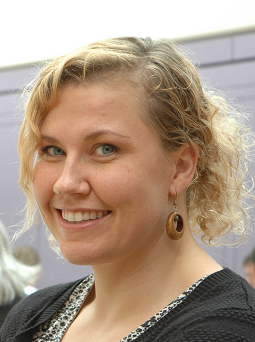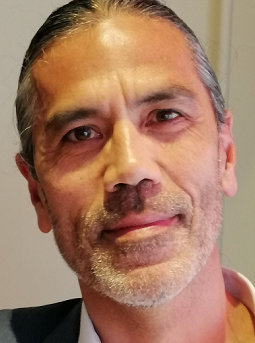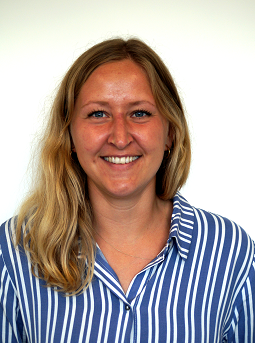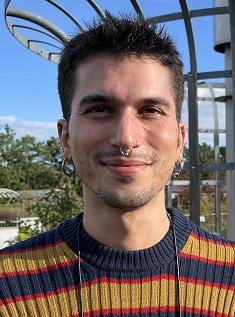Objectives
In the Brain Maturation research group, we focus on brain and behavioral development during infancy, childhood, and adolescence. We characterize brain and behavioral developmental trajectories in health (typical) and disease (atypical) and elucidate how brain networks map onto developing cognitive and motor functioning. We employ multimodal MRI techniques (e.g., structural, functional, diffusion, spectroscopy) and environmental, biological, cognitive, and clinical assessments in cross-sectional and longitudinal studies of typically developing and at-risk pediatric populations. Measures of interest include global and regional brain structure volumes and shape, cortical thickness and surface area, brain tissue microstructure and chemistry, white matter fiber bundle characteristics, brain activation, structural and functional connectivity, as well as clinical, behavioral, environmental, hormonal, and genetic variables.
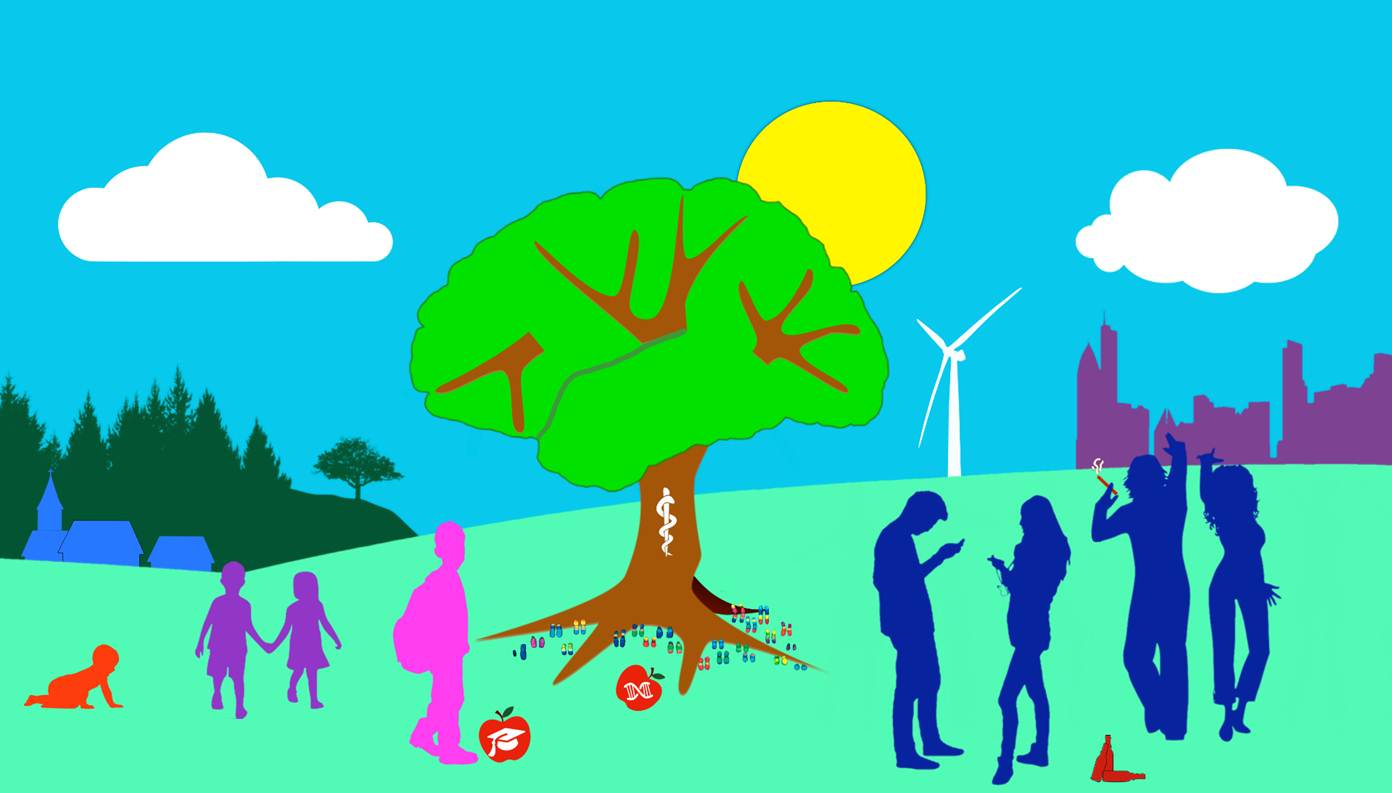
Research projects
NIBS-CP
In the NeuroImaging of Babies during natural Sleep to assess typical development and Cerebral Palsy (NIBS-CP) project, we examine early brain and motor function development in infants at risk for cerebral palsy and typically developing infants. NIBS-CP aims to establish procedures for infant and toddler MRI during natural sleep, thus, without the use of sedation or general anesthesia, in Denmark. A cohort of 200 infants will be followed longitudinally (for three waves) between the ages of 3 months and 2 years with comprehensive assessments of motor functioning and neuroimaging, including structural and diffusion MRI and MR spectroscopy. We aim to establish normative material on the early brain development of Danish children, as well as conduct normative modeling of typical and atypical development to identify deviations in brain development at the level of the single child. We will also map how early brain development relates to motor function and motor development. Identifying predictive brain structural features of motor function and motor development is key to the future use of early MRI in the clinical work-up, as this promotes early diagnosis and (clinical) intervention strategies tailored to the individual child. Read more about the NIBS-CP project here www.drcmr.dk/nibs-cp.
MORE2SLEEP
MORE2SLEEP - A randomized controlled trial of sleep extension to reduce overweight and improve learning in prepubescent children investigates the effect of sleep extension on adiposity and cognitive function and learning in overweight 6-9-year-old children. The project includes 300 children, who will be randomized into a 3-month sleep extension intervention group or a control group of habitual sleep. Before and after the intervention, children will undergo extensive clinical, physiological, and cognitive assessments as well as EEG. At the DRCMR, we will assess half of the children (n=150) with structural and functional MRI of the brain. MORE2SLEEP is a collaboration with PI Prof. Faidon Magkos and co-PI Assoc. Prof. Jesper Lundbye-Jensen at the Department of Nutrition, Exercise and Sports, University of Copenhagen. Read more about the project here.
The Danish High Risk and Resilience Study - VIA
Several members of the Brain maturation group work together with the Developmental Psychiatry group (www.drcmr.dk/developmental-psychiatry) on the Brainmap substudy of the VIA project. VIA is a national longitudinal study of 522 children at age seven (VIA7) born to parents with or without a diagnosis of either schizophrenia or bipolar disorder, run by PI Merete Nordentoft. Read more about the VIA project here: www.drcmr.dk/via.
HUBU (“Hjernens Udvikling hos Børn og Unge“: Brain maturation in children and adolescents)
HUBU is a longitudinal project, including 95 children aged 7-13 years, who have been followed over 9 years with up to 12 waves of assessments, including MRI and clinical and cognitive assessments. The major aims are to define the degree of variability in the maturational trajectories of different brain networks among typically-developing children and adolescents and to link these to developing cognitive, emotional and neuroendocrine functions. We also examine how environmental factors, e.g., alcohol use, and physical activity, and intrinsic factors, e.g., genetic polymorphisms and hormones, impact such development. The work addresses critical questions regarding the factors that place young people at risk for developing emotional problems and substance abuse, as well as related questions regarding the consequences of early stress and exposure to alcohol and drugs on the continuing development of the brain. Since January 2017, the HUBU project has been part of the Horizon 2020 project Lifebrain (see below).
Lifebrain; Healthy minds from 0-100 years: Optimising the use of European brain imaging cohorts:
Lifebrain is a European consortium coordinated by the University of Oslo, consisting of 14 partners (https://www.drcmr.dk/lifebrain). Lifebrain started in 2017 and aims (i) to increase our understanding of how brain, cognitive, and mental health can be optimized through the lifespan and (ii) to identify determinants of brain, cognitive, and mental health at different stages of life by creating a large database of detailed information about brain imaging relating to cognitive function, mental health, and genetics.
Dissertations
- PhD thesis: 4 finalized
- MSc Thesis: 12 finalized
- Research year projects: 4 finalized, 1 ongoing
- BSc Thesis: 2 finalized
Funding
Elsass Fonden
Independent Research Fund Denmark
Lundbeck Foundation
Toyota Fonden
Amager and Hvidovre Hospital's Research Fund
Savværksejer Jeppe Juhl og Hustru Evita Juhls mindelegat



